Within the past month, social media has become a frenzy of opinions. From politics to ponies, and everything in between. It wasn’t abnormal by any means– at least not if you consider yourself a horse person. But there was one abnormal topic. A topic that caught fire in the frenzy not once–but twice.
Stallion Shuttling.
With the announcement of American Pharoah heading to Australia, and California Chrome heading to Chile, the keyboard warriors took aim, fired, and missed.
The comments ranged from accusations of animal neglect to inquiries into why the industry doesn’t allow artificial insemination, and everything in betweeen. And a good friend of mine reached outand begged that I explain the science. So that is what I will attempt to do–in a blog, of course.
Let’s start first by explaining the Hemispheres. Breeding hubs such as the United States, Ireland, and Japan exist in what we consider the Northern Hemisphere-indicating that our longest days exist between May and September–aka “summer.”
Conversely to this, other breeding hotspots such as Australia, New Zealand, Argentina, and Chile exist in the Southern Hemisphere, indicating the exact opposite. Their longer days exist between November and March, and their summer is the inverse of ours.
So why does this matter? Well, quite simply, because the horses entire reproductive tract is controlled by those precious hours of light controlling the length of day. That sunlight tells the brain to actively secrete the hormones that make our mares tease hot and ovulate, thereby enabling them to get pregnant. They even control (to a lesser extent) the amount of super swimmers that a stallion can produce.
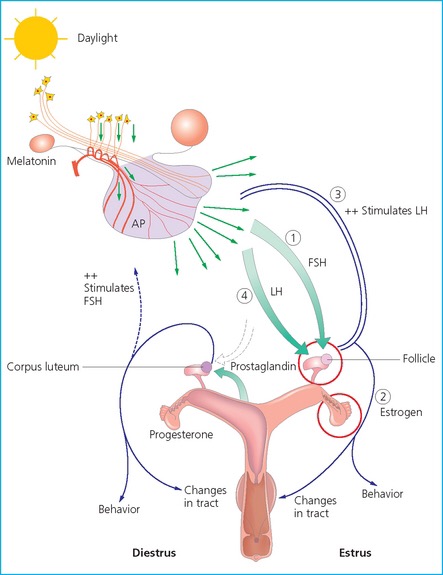
Through artificial strategies, we have manipulated this to enable our mares to cycle earlier in the year–in both the Northern and Southern Hemisphere. Mostly by placing them under artificial lights–or turning the light on in their stalls–we are able to convince their brains to do this earlier, thus allowing us to begin breeding season on February 15th, and ensuring a Northern Hemisphere birth date as close to January 1st as possible.
The Southern Hemisphere does this as well, only because their summers are the inverse of ours, they strategize for a different time. In Australia and New Zealand, the overall Thoroughbred birth date is August 1st, but this is actually not true for Chile, who recognizes July 1st as their annual Thoroughbred birth day. The varying Jockey Clubs of the numerous countries select their own rules, and minor variants such as this exists between them, but one thing remains true to all:
All thoroughbred stallions must breed their book of mares by live cover–and this eliminates the option for artificial insemination, embryo transfer, or cloning.
Because of this, we shuttle.
The process of shuttling a thoroughbred stallion means that they are transported from one hemisphere to the next, and due to the daylength being long at a constant state, they are able to produce testosterone – and therefore sperm – at a steady state.
Most stallions travel via air, which has become a routine form of transportation for a plethora of disciplines and is rather simple and straight forward. They are assisted by their grooms and a veterinarian for every flight, and the majority ship in a box stall–without the bumpy roads to annoy their fragile legs.
But more importantly — they then breed a second book of mares in that season. And with some stallions breeding books of greater than 200 mares, this causes concerns to the public of increasing that book size to 400-or double.
It has to decrease fertility, right?
They have to eventually burn out, right?
They couldn’t possibly breed that many mares, right?
Wrong.
The average stallion produces enough sperm to breed 7 mares a day in the wild.
So–by that math–a stallion produces enough sperm to cover 2,500 mares a year.
So why don’t they?
LIBIDO.
The limiting factor to book size is not the amount of sperm that can be produced, it is the number of mares you can excite the stallion by. In most live cover scenarios, this is approximately 1-2 a day. At most, I have witnessed a stallion breeding 5 mares in one day. Again, not even close to the natural limit.
So does shuttling have an effect on their fertility? It has to, right? They have to eventually burn out and stop getting mares pregnant, no?
Wrong.
An awesome study done by Texas A&M was recently published in Theriogenology, a journal which studies animal reproduction. Headed by Dr. Stephanie Walbornn, the study examined the effect of shuttling on a variety of outcomes that are used to evaluate stallion performance: seasonal pregnancy rate, first cycle conception rate, and pregnancy rate per cycle.
Each of these things are indicative of a stallions intrinsic fertility. They are each taken into consideration when choosing a stallions book size. Because the stallion owners understand a few things better than the keyboard warriors:
A healthy stallion is a productive stallion.
No, but seriously. Body condition, increased temperatures due to viral or bacterial infections, and joint health all impact sperm production and libido. A sick stallion cannot breed at a high capacity.
A stallion that is not getting mares pregnant is not profitable. In the thoroughbred industry, the majority of these lavish $100,000+ stud fees are only paid when the mare produces a foal that is able to stand up and nurse. If the stallion has passed his book size capacity and is therefore either shooting blanks or simply refusing to breed, the farms are making $0.
And increasing blood in our pedigrees is essential. We would not have both Zenyatta and Winx, two of the greatest race mares of existence, if Darley had not shuttled Street Cry to Australia. We would not have Animal Kingdom if Leroixdesanimeux had not arrived from Argentina. And we would not have beautiful Galileo foals in my backyard if travel to breed was not encouraged. Limiting outselves to just America, or scarier- just Kentucky, would be devastating.
But the outcomes of this necessary study by TAMU were simple: there were no negative effects of breeding a stallion in dual hemispheres (both North and South). In fact, one of the only significant outcome of the variables evaluated was that the stallions had better fertility in the Southern Hemisphere in comparison to the North.
And once finished with their sexual adventures in the Southern Hemisphere, these valuable stallions then hop back onto their jet planes and return to be bred for the Northern Hemisphere breeding season. Let me repeat: California Chrome and American Pharoah will come home after a 5-6 month vacation to the sunny south.
If anything, they get to exist in a constant state of summer. Longer days. Green grass. 5 star meals. And a line of women, I mean mares, waiting to be satisfied.
It sounds like a pretty darn good life. Shuttle On.
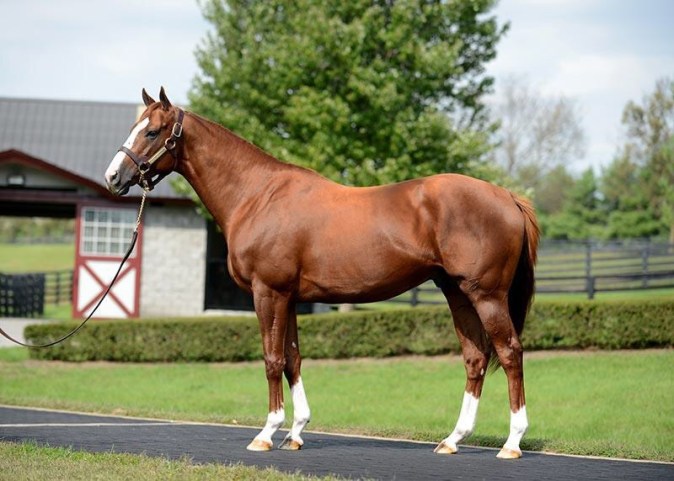
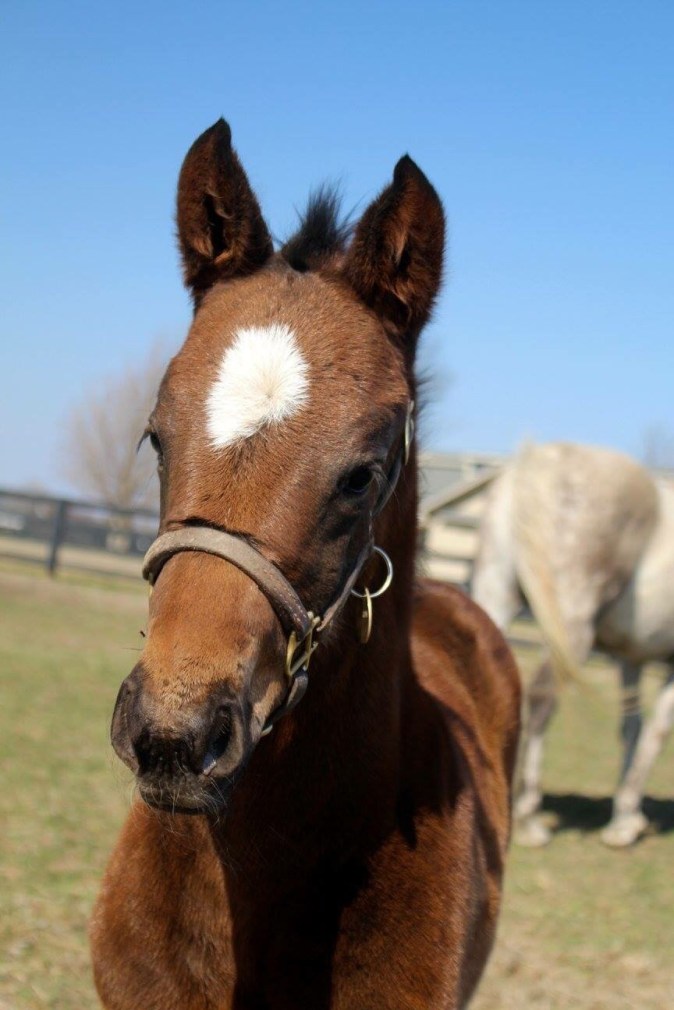
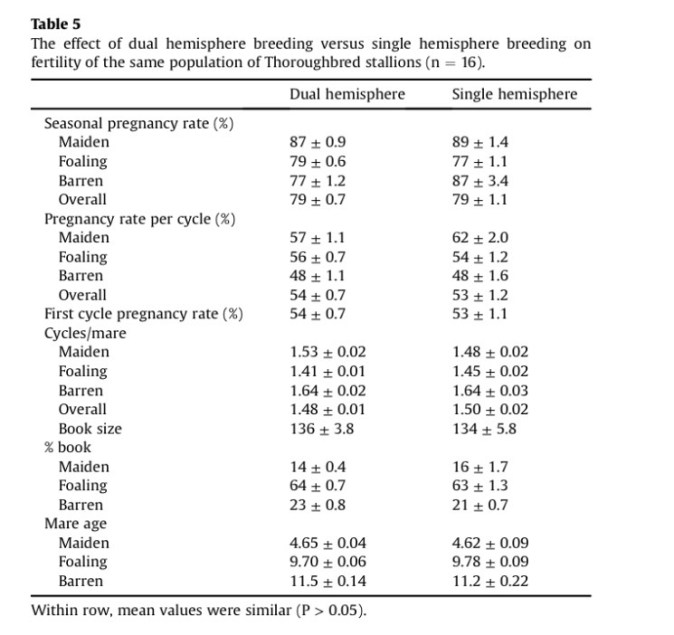
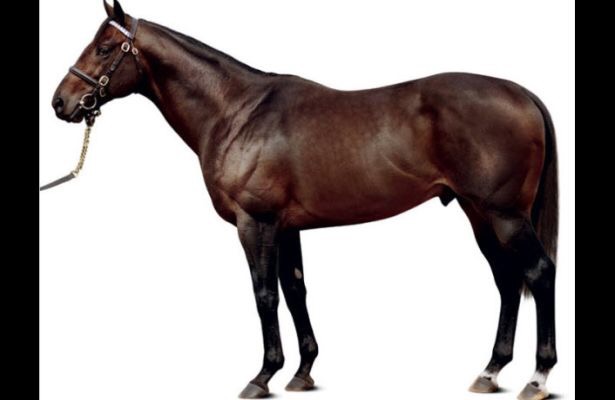
As usual, well said. I love your blog. It’s an honest take on horses and the racing industry that’s unbiased, truthful, and fact based.
Thanks for providing an objective and informative explanation of breeding strategies for racehorses and reasoning behind the “shuttle” schedule!
Wonderful article, and I plan to share it with my horsey and non-horsey social media friends. One thing you did not address was do horses have “emotional” or psychological effects, such as separation anxiety being relocated from an environment he/she is familiar with, including human interaction. California Chrome has such a wide following, among those inside and outside the sport of horseracing. In the case of Chrome, most are familiar with his rocky start in life in which he was confined with his mother while she received medical treatment after a rough birth. Consequently, Chrome imprinted with humans a great deal during those early days. His temperament and trainability were said to have been affected by the experience. Many were concerned during 2015 when he was away from his human “family” and saw his physical condition when he returned home that it was partly due to his separation from familiar surroundings, including his human family. All this may be too much “anthropomorphizing” by humans, but I think concern about our equine heroes being shipped overseas might have more to do with this issue than concerns over the horse’s ability to reproduce. I think many were relieved to learn personnel from Taylor Made will accompany him to Chile and will stay with him to see to his welfare and needs. Do the techniques developed by Kerry Thomas, Monty Roberts and others offer clues to how stallions adapt to the shuttle environment?
Thanks.
So I will try to address what I can, all the while reminding people that horses do not get attached to humans in the ways that we would love to believe they do.
If anything, horses get attached to other horses. They are herd animals, and therefore enjoy their herd. With that being said, stallions do not have that same herd dynamic, hence why we keep them in separated paddocks. They do not think of their book of mares as their harem, and therefore assuming that they will miss “their friends” is a distorted assumption.
Now onto the emotional turbulence. The staff of these farms and training barns fluctuate. Sure, Chrome had the same trainer for quite some time, but that trainer was not the one handling him-it was his staff. Same with his farm now. A plethora of people are working with him, and those people do change. What doesn’t change is his environment, but these horses (Chrome and AP) have proven that they handle environmental changes well. That is the basis of making the triple crown run in three different states, and the Breeders Cup constantly rotating.
As long as their care in their new environment stays relatively similar (which it will) the horses behavior rarely changes.
Thanks for your informative reply which helped me understand the nature of the horse and the adjustment. to environment. It makes sense that it is the constancy of the routine and structure that keeps a horse mentally stable and not necessarily the same people. However, as a Chromie, I just want to see that his health and welfare are the priority of the owners!
Thanks for taking the time to post this very informative article.
One point that comes to mind is – presumably stallions in the wild, though they may produce enough semen for up to seven matings per day, would not actually mate with that frequency for the entire year. (7 x 365) Mares in the wild would not be in season year-round. Shuttling, in effect, artificially doubles the potential number of matings a stallion would ever have…
Also – is there data on life expectancy of wild stallions, and how frequency of matings affects it?
Mares in the wild are able to live a standard amount of time (20yrs+) and the same can be said about stallions as long as they are not killed by extenuating circumstances. The natural breeding season runs around April-September, so is actually the same length of time as our breeding season (5 months) and if mares are in estrus, a stallion in the wild can 100% cover 7 or more mares in a day. And repeat the mares for each day they are displaying estrus, instead of the one day preceding ovulation like we do.
I am unsure how covering mares would shorten a stallions lifespan? So I cannot answer that.
Thank you for this enlightening article So very interesting and helped me understand the whole process. Was initially apprehensive about our favorite boys but hopefully all will go well